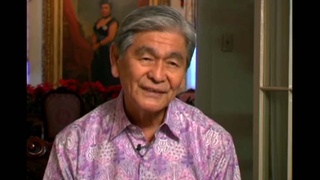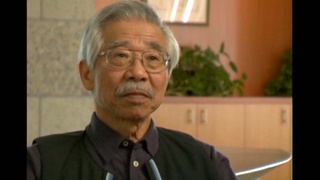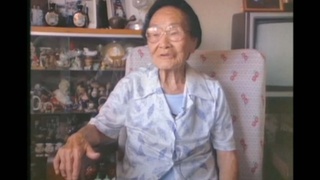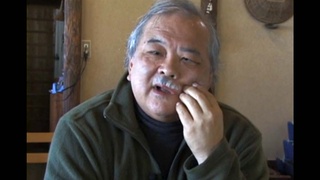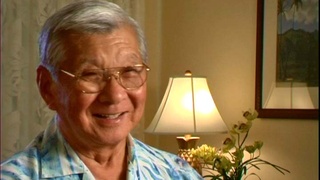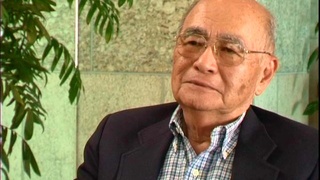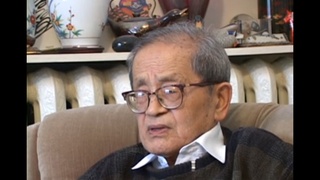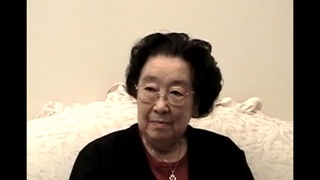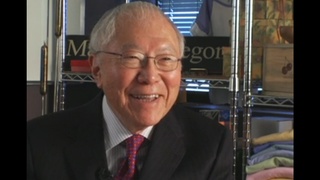Interviews
First day of school
So, first day of school, my mother, who couldn’t understand or speak any English, put her laundry aside to take me to school. And so, she didn’t know what class to enroll me in. So, even if the teacher says something, she didn’t understand. So, finally, she was so frustrated and she put me in one class—and we had only benches in those days, wooden benches—and she sat me in front. And so, sitting down there, the kids of other ethnic groups, they couldn’t speak English either—Filipino kids, you know, all them. They spoke their parent’s native tongue.
So we just looked at each other, stared at each other. And then, here in walked a huge lady, you know. And to me, she looked like a giant because I’m only 7 years old. And she had gray, wiry hair and blue eyes, and she was so fair. And that’s the first time I’ve ever seen a Caucasian on the plantation because we lived in segregated camps. And so, when she approached me, and she must’ve asked me what is your name? And because I didn’t understand English, and when she bent over me, I thought she was going to devour me. And I shrieked, "Obake! Obake!," you know. I just screamed at the top of my voice, and I ran out to the front and I clung to the pillow in the front. And she ran after me, and she tried to hug me. And the more she tried to hug me, the more I screamed. So that was my orientation into the American school.
Date: February 19, 2004
Location: Hawai'i, US
Interviewer: Lisa Itagaki, Krissy Kim
Contributed by: Watase Media Arts Center, Japanese American National Museum.

